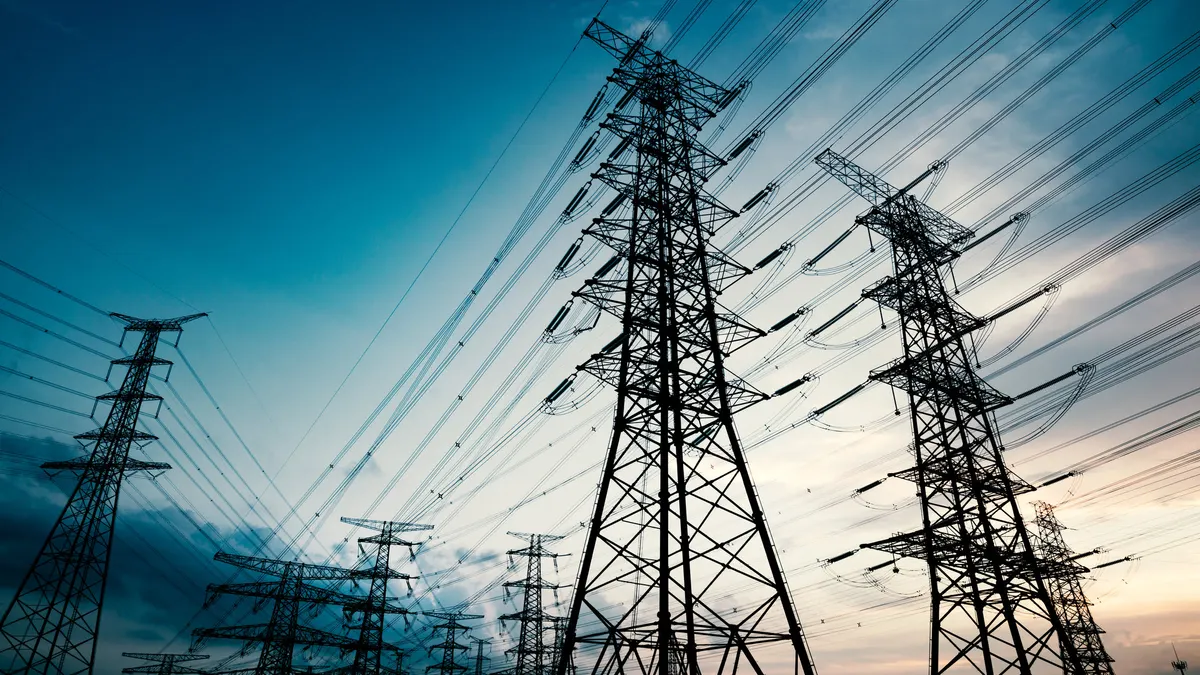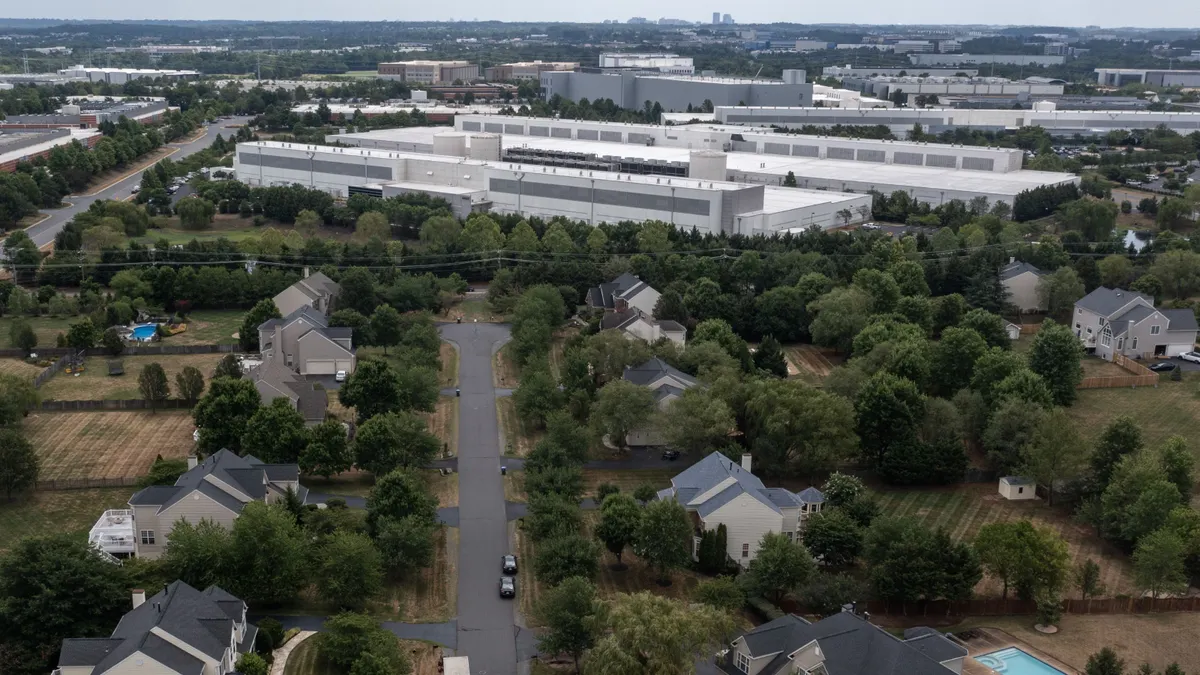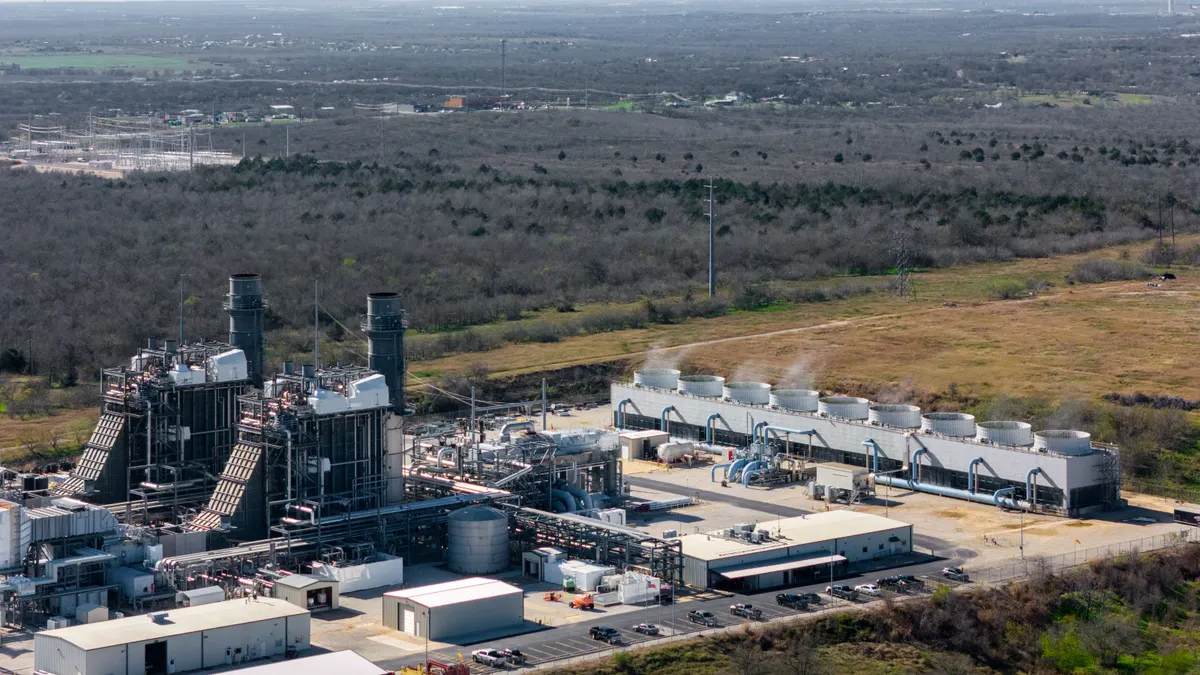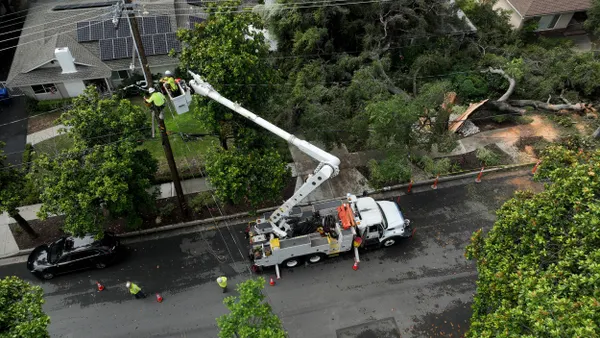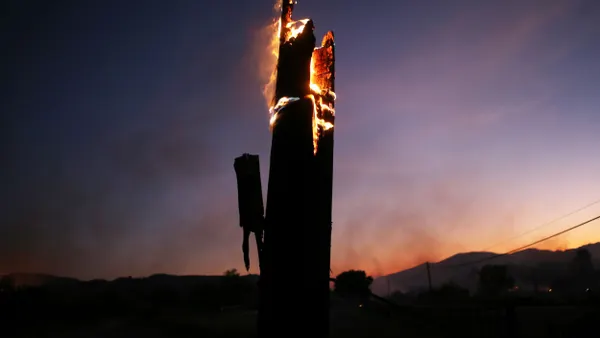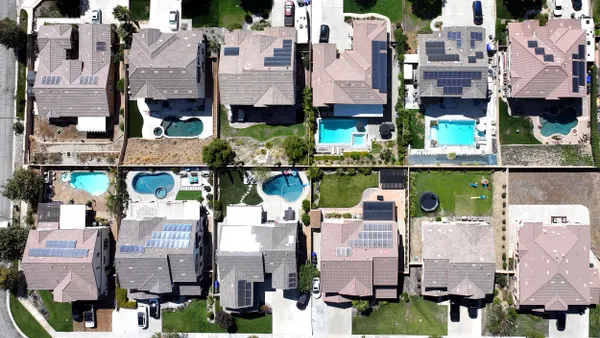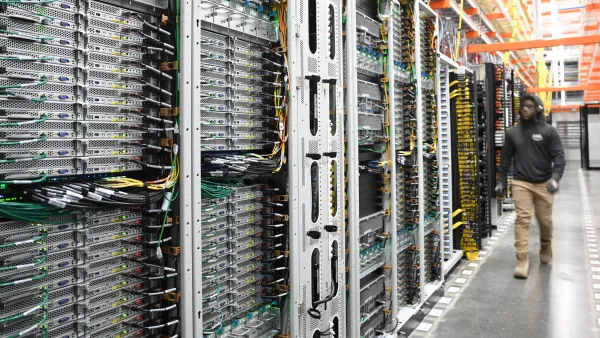We are experiencing the most dramatic transformation of the global energy landscape since the Industrial Revolution. Unprecedented demand growth, rising electricity prices and policy uncertainty create immense risk for businesses, but also present an opportunity to build operational resilience and secure a competitive edge. At the heart of this advantage will be a future-proof energy strategy, achieved through a successful transition to meet this “New Normal” of energy over the next decade.
A helpful lens for evaluating such an energy transition comes from the World Energy Council’s Energy Trilemma, which measures the performance of an energy system across three dimensions: security, equity and sustainability. While classically applied to countries, this framework is equally valuable for companies seeking to harness today’s energy challenges into strategic differentiators for tomorrow.
The Trilemma for today’s corporate energy strategy:
- Energy Security: Resilient and Reliable Power
- Meeting demand for high-value, high-reliability operations like data centers and advanced manufacturing
- Mitigating power outages from climate & grid-related risks (wildfires, hurricanes, load disruption)
- Energy Equity: Affordable and Predictable Energy
- Hedging against sharp utility rate hikes driven by grid upgrades and infrastructure strain
- Accelerating time to power despite interconnection delays & supply chain constraints
- Sustainability: Balanced Economic and Environmental Priorities
- Making business decisions that outpace regulatory whiplash
- Building investor and consumer trust by delivering on net-zero commitments
These challenges are daunting, but the opportunities to build a more resilient and differentiated energy position are worth it. One of the most impactful tools readily available to businesses is distributed clean energy infrastructure, providing solutions that are cost-effective, reliable and scalable. At Madison Energy Infrastructure (MEI), we've partnered with leading organizations to accelerate energy transitions and implement solutions across the trilemma with certainty, speed and trust.
Delivering energy security
As the grid grows in size, value and complexity, the job of maintaining consistent power supply to those connected becomes increasingly challenging. Threats from severe weather events are the leading contributor, causing 80% of major power outages in the last two decades. In 2024 alone, the U.S. faced 27 separate billion-dollar weather disasters, with restoration efforts often taking weeks or months across regions like North Carolina, Florida, Texas, California and Puerto Rico.
To avoid costly outages, high-value loads like data centers implement local microgrids to add redundancy to their operations. However, not only does this add to the time-to-power, but also increases grid vulnerability in regions like PJM where a mass disconnect event can potentially trigger even wider-spread blackouts. Other grid crises like the recent transformer station fire that closed Heathrow Airport for 18 hours further demonstrates the need to improve critical infrastructure resilience and the immense costs associated with such outages.
Skyrocketing demand, aging infrastructure and an uptick in natural disasters, is stressing the grid beyond its original design — and costing businesses billions in lost revenue, insurance and downtime. To address these challenges, companies are turning to an all-of-the-above strategy combining onsite behind-the-meter systems, island-ready microgrids, battery storage solutions and sub-utility power purchase agreements (PPAs) that can bridge the gap to power much faster while providing more resilient, decentralized backup power in the face of an outage.
Case Study:
The Mineral Gap solar project in Wise County, VA, rapidly met a data center’s demand with an onsite 3.5-MW array built on top of an abandoned coal mine.
Ensuring energy equity
The U.S. is facing a structural power demand surge of 35–50% by 2040, driven by widespread electrification, manufacturing growth and, of course, data centers. Increased demand coupled with the cost of maintaining and upgrading aging infrastructure are driving up prices, increasing retail rates 5% per year from 2019 to 2023. While renewable generation has helped lower electricity supply costs, those savings are outpaced by rising CapEx expenses in transmission and distribution, resulting in average wholesale electricity prices forecasted to climb 19% between 2025 and 2028.
At the same time, backlogs in connecting new generation can jeopardize plans to expand capacity. Even when energy projects finish required studies and approvals, acquiring equipment creates hurdles, made worse by anxiety around rising inflation, interest rates and tariffs. Those expanding into high-demand operations may struggle matching new load requirements with readily available energy supply. While new data center, manufacturing, or hospital facilities can be operational in 12–18 months, interconnecting new energy supply can take 5+ years, creating a drastic mismatch between load and supply.
Companies with electricity-intensive business models or inflexible usage patterns, as well as those looking to source power to scale operations, are met with timelines and cost forecasts incompatible with their business goals. Long-term PPAs with distributed assets like sub-utility, community, or onsite clean energy can offer a hedge against rising future prices while enabling fast-to-power solutions — keeping energy costs predictable, margins protected and growth possible.
Case Study
AT&T partnered with MEI to anchor four Maryland community solar sites generating 12.7 GWh annually — enough to power over 1,000 homes.
“By participating in these projects, we’re continuing our strides toward a cleaner grid while supporting local communities,” - Shannon Carroll, AVP of Global Environmental Sustainability at AT&T.
Leading with sustainability
Despite ongoing regulatory uncertainty, business investment in sustainability is accelerating, as illustrated by a survey of 500 CFOs that found 92% plan to increase sustainability investments. While policy shifts may create near-term volatility, the long-term trajectory remains clear: consumers and investors consistently prioritize companies committed to environmental and social responsibility.
Additionally, globalization is setting higher standards for larger US companies doing business abroad. International frameworks like the European Union’s Corporate Sustainability Reporting Directive (CSRD) and the Carbon Border Adjustment Mechanism (CBAM) are influencing expectations even beyond EU borders, compelling U.S. and multinational companies to elevate their sustainability efforts.
Clean energy infrastructure is not just about optics — it’s about economics. Distributed energy resources and third-party-owned energy solutions allow businesses to meet both ambitious emissions reduction targets and returns on investment. Solutions like onsite generation, community solar and renewable PPAs can enhance energy reliability, lower total energy costs and demonstrate alignment with evolving customer and stakeholder expectations.
Case Study: Lineage Logistics
“For years, Madison Energy Infrastructure has impressed us with their ability to deliver customized clean energy solutions that advance our goals and reduce our carbon footprint,” - Chris Thurston, Director of Sustainability at Lineage.
Looking ahead, businesses must prepare for additional climate-related risks, including stress on water resources, escalating waste management costs and the emergence of backstop measures such as carbon capture and taxes. Establishing clean, affordable and reliable energy systems lays the groundwork for tackling these future challenges. A company’s commitment to a successful energy transition today is directly correlated with its ability to future-proof its business for tomorrow.
As the energy transition accelerates, one thing is clear: fortune will favor companies that treat energy as a strategic asset, not just a commodity. Clean energy is no longer a niche topic for sustainability teams, it’s a board-level imperative that touches every part of a business.
To learn more, please join us at the MEI+ Summit on June 10 to hear from commercial & industrial leaders, corporate energy decision-makers and clean energy experts as we explore the tools, partnerships and strategies to transition effectively from risk to resilience, turning energy into your next competitive edge.

